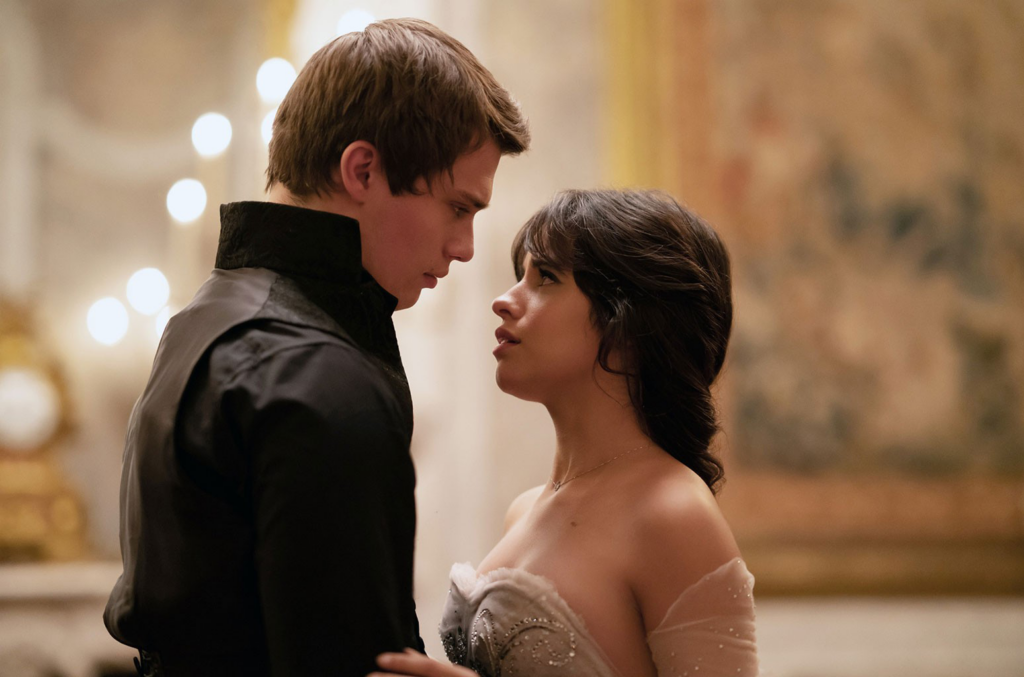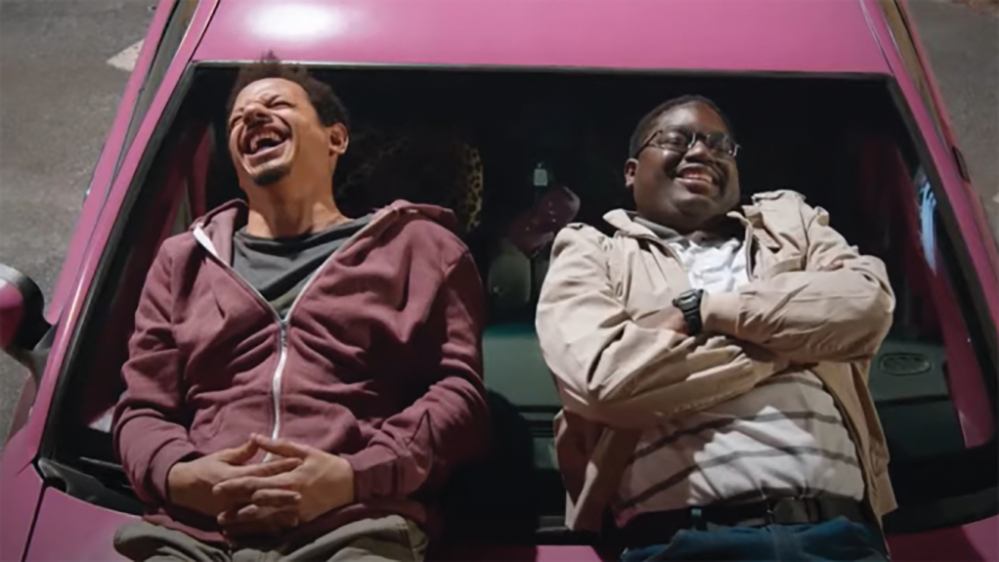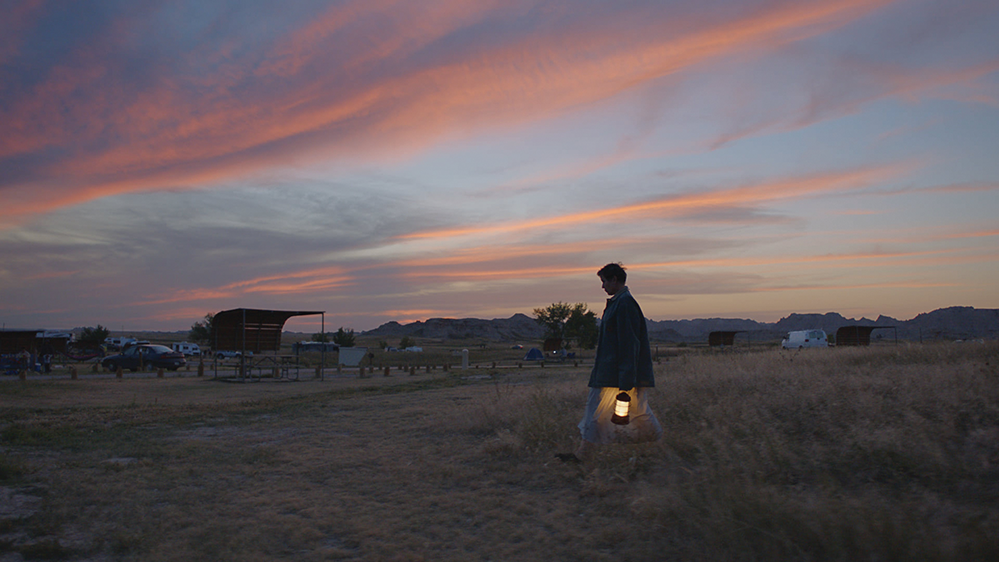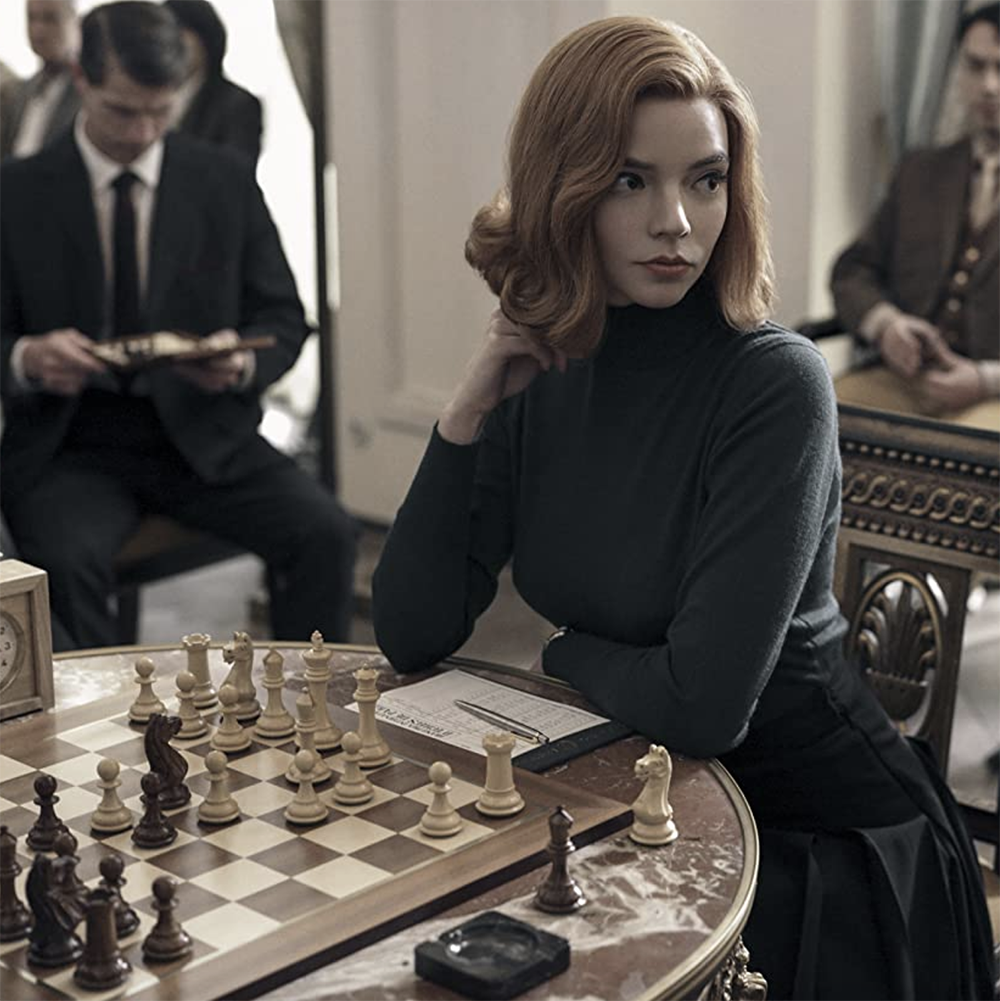
★★★★★
“Any later and I’d have forgotten him. Any earlier and I’d have missed him too much,” whispers Ruth, played by Blythe Danner, to daughter Bridget Ertz in a heartfelt moment that embodies the thoughtful, honest nature of director Elizabeth Chomko’s film.
“What They Had” tells a gripping story about Bridget, who struggles to deal with her mother’s dementia, and the pair’s collective next steps. Through her homecoming, Hilary Swank’s Bridget grapples with finding her own happiness in the shadow of her parent’s devoted marriage. Chomko traces the connections between the family members — father and son, mother and daughter, sister and brother — in a fashion that weaves one collective, captivating and almost too quick picture of family, love and letting go.
A first time writer and director, Chomko delivers a debut film in which every feeling is calculated and purposeful in the most artistic way. She flawlessly balances humor and heartache, grief and hope in a way that captures a multifaceted picture of family, love and life. Her images will enthrall audiences, connect them to the story and hold their attention as they root for the family.
The film’s dialogue feels authentic yet artful, each interaction moving audiences forward into the story but also importantly into the nature and spirit, of the family. Their dysfunction is relatable, which in less capable hands may have read like a sitcom and played out. Yet nothing feels gimmicky about the conversations, images and relationships charted in the movie.
Oscar-nominated actor Michael Shannon’s Nicky, brother to Swank’s Bridget, is possibly one of the best aspects of this film. He is a character to remember, one who will sit with you long after most of the others have in part faded. Shannon delivers bursts of tasteful, realistic humor to the film without becoming the comedic token of an otherwise heavy piece. Rather, he meets every actor beat for beat, if not surpassing them, in emotional range and poignancy. In “What They Had,” Shannon’s performance breathes life and dimension into the film, and does so with a genuineness that propels off the screen.
Chomko puts many levels into the film’s story, with each one feeling properly committed to explored. The levels seamlessly tie into a larger narrative that audiences will connect to on at least one level or many. Chomko reaches the peak to which most films of similarly emotionally anchored narratives strive. She creates a story that audiences will walk away still thinking about.
The picture of devotion created in the relationship between Bridget’s mother and father, Burt and Ruth, will leave viewers pondering love in the then and the now. Swank’s character takes time to unfold to viewers, but there is a compelling nature to her emotional range when she does. Bridget is nowhere near as lovable and enjoyable as Nicky, but she finds expression with a similar authenticity.
Bridget Ertz feels a bit like everyone as she tries to figure it all out — love, family, how to say goodbye. Yet she never slides into the frequent Hollywood trope of overly glamorous and contrived sudden bursts of middle-aged crisis induced epiphanies.
Finally, a worthy review of this film would not be complete without discussing the incredible performance of Danner, who is grippingly believable as Bridget’s ill mother at the center of the film’s conflict. The moments of Ruth’s lucidity seem to clear a fog in Danner’s eyes and mannerisms. In those instances, she frequently delivers key dialogue — true staying moments, including the aforementioned one. Just as with Shannon’s Nicky, Danner seems made to walk the lines of this film’s emotional tightrope.
Chomko delivers wonderfully cohesive storytelling — the kind of well-woven piece to which directors all year will hope to ascend. On each level in cinematography, writing and acting exists a shared final image. Films seldom feel so rightly sewn together.



















